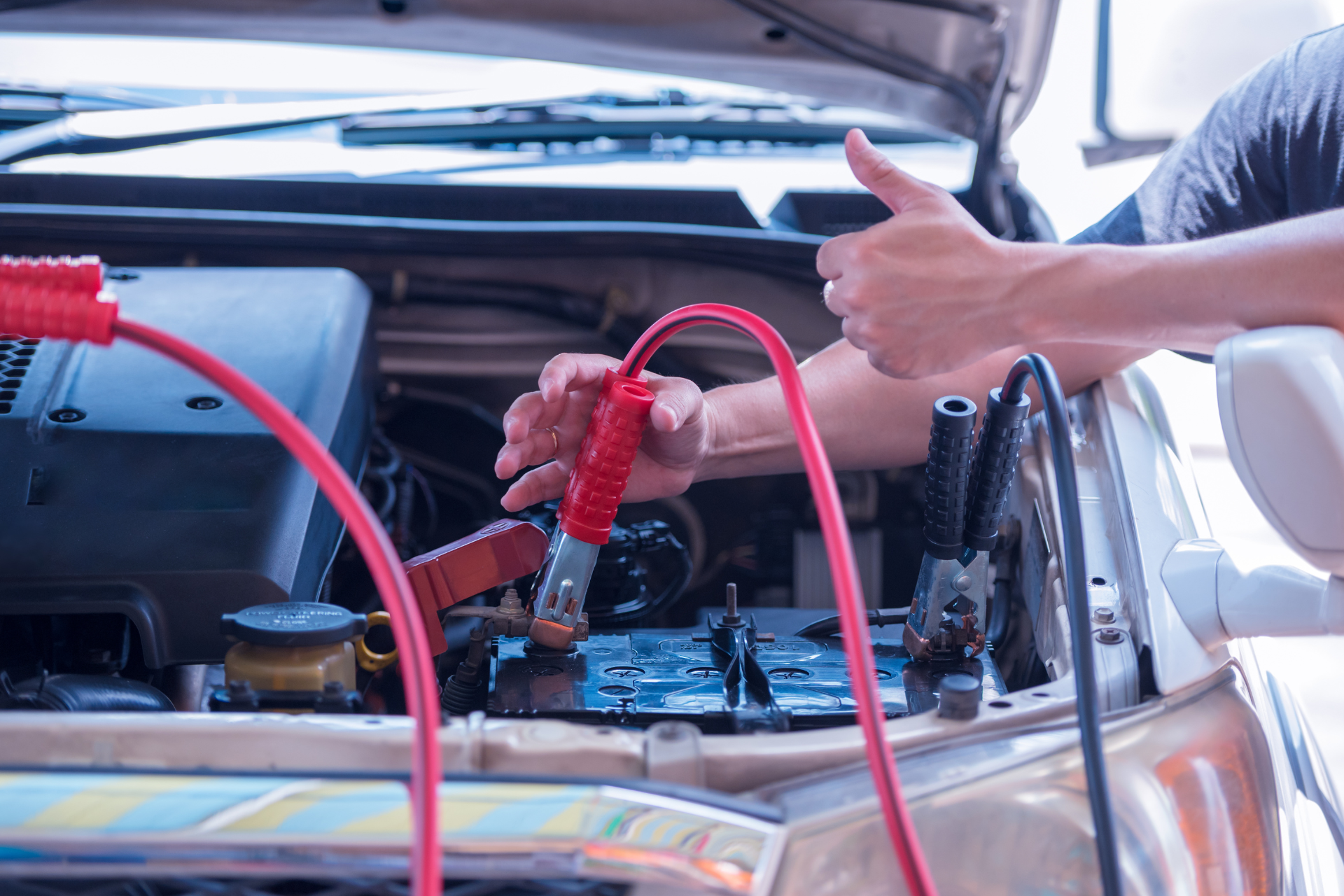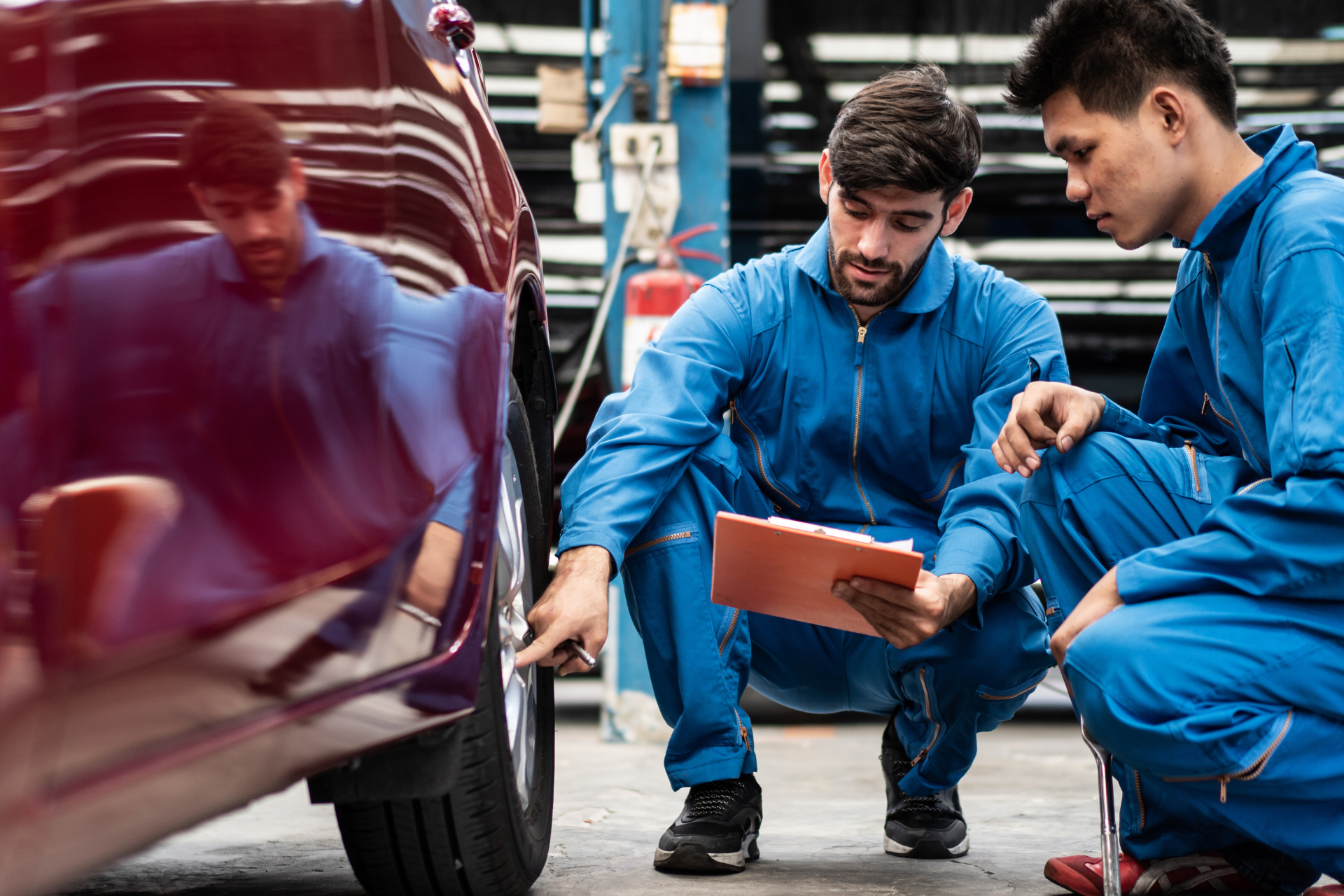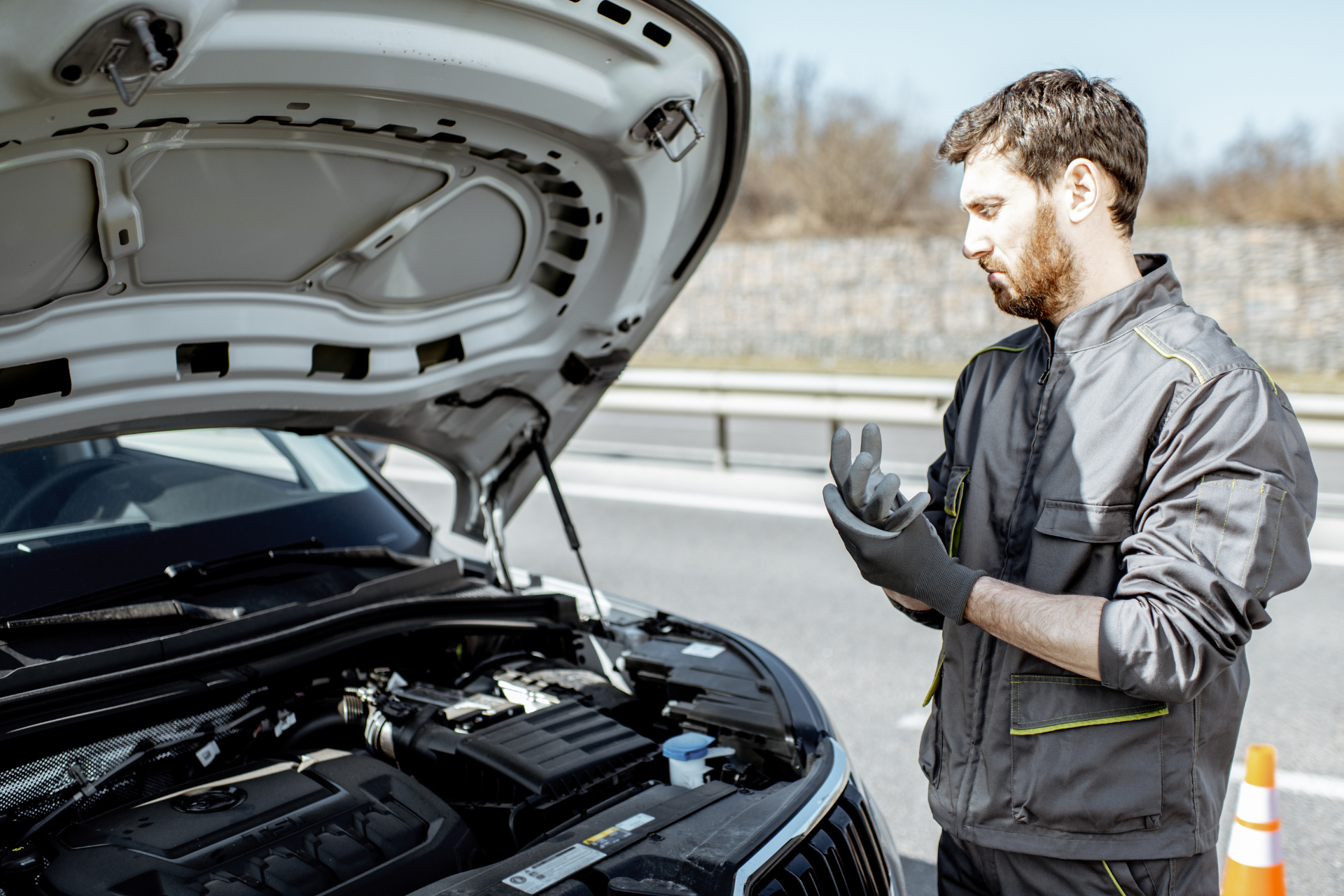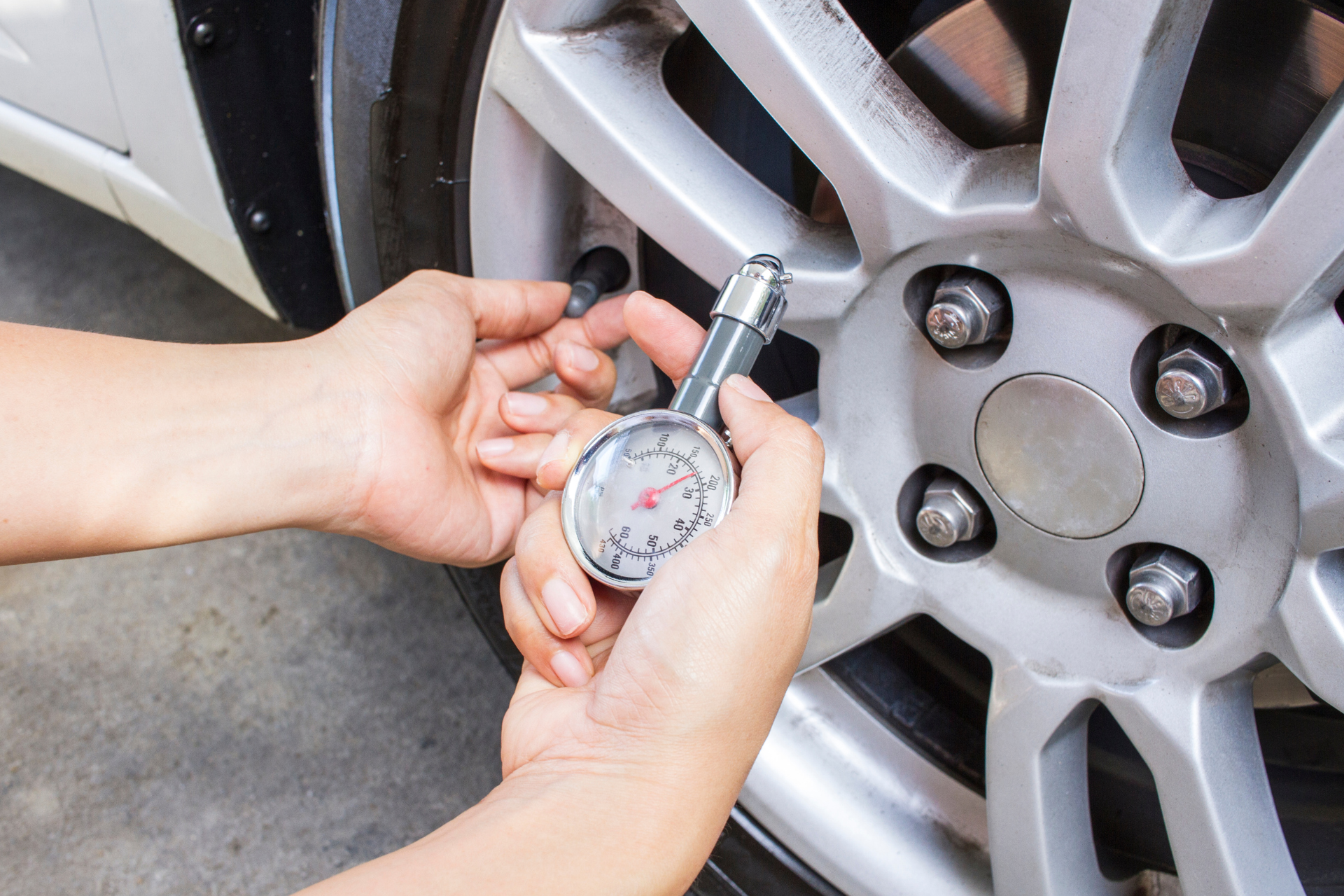Jump Start Myths and Mistakes to Avoid

Are you one of those individuals who have ever experienced the frustration of a dead car battery? Whether it happens in your own driveway or in the middle of nowhere, needing a jump start is never a pleasant situation to be in. While jump-starting a car may seem like a simple task, there are common myths and mistakes that many drivers fall victim to. In today's blog post, Texas Towing Guys will debunk some jump start myths and provide tips on how to avoid common mistakes when reviving your vehicle's battery.
Myth #1: Any kind of cables will work for jump-starting a car.
One of the most common misconceptions surrounding jump-starting a car is that any type of cables will do the trick. However, using the wrong type of cables can potentially damage your vehicle's electrical system. When jump-starting a car, it is crucial to use heavy-duty, properly insulated jumper cables to ensure a safe and successful connection between the vehicles.
Myth #2: You only need to connect the positive terminals of the batteries during a jump start.
Another common myth is that connecting only the positive terminals of the batteries is sufficient for a successful jump start. In reality, it is essential to connect both the positive and negative terminals correctly to ensure a safe and effective transfer of power. Failing to connect the negative terminals can result in electrical damage to both vehicles.
Mistake #1: Reversing the polarity when connecting the jumper cables.
One of the most significant mistakes drivers make when jump-starting a car is reversing the polarity when connecting the jumper cables. Reversing the connection can cause a surge of power that can damage the vehicle's electrical system, including the battery, alternator, and even the computer. Always double-check the correct polarity before connecting the jumper cables to prevent costly damages.
Mistake #2: Not allowing the donor vehicle to run for a few minutes before attempting to start the disabled vehicle.
Another common mistake drivers make during a jump start is not allowing the donor vehicle to run for a few minutes before trying to start the disabled vehicle. Allowing the donor vehicle to run for a brief period helps charge the dead battery and increases the chances of a successful jump start.
Tips for a Successful Jump Start:
1. Use heavy-duty, properly insulated jumper cables.
2. Always connect both the positive and negative terminals correctly.
3. Double-check the polarity before connecting the jumper cables.
4. Allow the donor vehicle to run for a few minutes before starting the disabled vehicle.
In conclusion, understanding the myths and avoiding common mistakes when jump-starting a car is essential for a safe and successful outcome. By following the tips provided by Texas Towing Guys in this blog post, you can confidently navigate the process of jump-starting a vehicle and get back on the road in no time. Remember, when in doubt, it's always best to call a professional towing service like Texas Towing Guys for assistance. Stay safe and drive smart!




